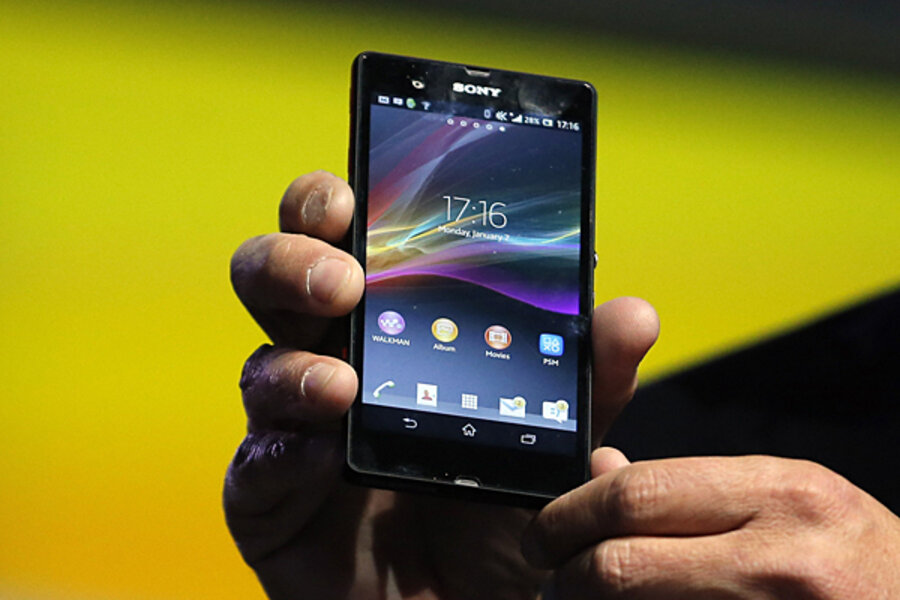Stopping child labor: There's an app for that
Loading...
| Bogotá, Colombia
Kids at stoplights offering to wipe a windshield for a few coins, or little ones hawking goods at produce markets: In much of the developing world, it’s common to see children as young as eight or nine hard at work.
And it’s no different in Colombia, where an estimated 1.5 million children between the ages of five and 17 work in such situations for more than 15 hours a week. Nearly nine percent of kids aged five to 14 work, a 2011 government census found. Though the government was able to document the scope of child labor in Colombia, finding lasting solutions to end the practice, which can keep kids out of school and place them in dangerous work environments, has proved challenging around the globe.
But in Colombia, a new smart phone crowdsourcing application is helping authorities and researchers tackle the problem. Whenever users see a child working they can take a picture with their phone and log the location, which the app sends to the country’s child welfare agency.
The app, available for iPhone, Android, and Blackberry phones, is called “Yo digo: Aquí Estoy” (I say: I’m here), and it also goes by the name KidRescue.
“It’s a tool that puts the power to report child labor in the palm of anyone’s hands,” says Mauricio García, of the Colombian Family Welfare Institute (ICBF), which receives the information, including photos, global positioning system coordinates, and other details, sent by users.
Since ICBF started using the information gathered by the app last February, about 3,800 reports have been filed, and not all of them from cell phone users in Colombia.
“We’ve gotten reports from Asia and Africa, because anyone can download the app from their phone’s app store,” says Claudia Aparicio, head of Fundación Telefónica in Colombia, the organization that spearheaded the crowdsourcing project as part of a broader campaign to fight child labor in Latin America. The organization maps all reports but only in Colombia is action taken at this time.
Colombia is not, by far, the worst country in the region in terms of child labor. Bolivia for example has rates as high as 40 percent. “But Colombia does have a problem and the government agencies here are willing to try different things,” Ms. Aparicio says.
The information is used principally to identify regions or parts of towns that are problem areas, and the times and periods when child labor is most common.
“We’ve discovered that most reports are filed in the afternoons and evening and during school breaks,” says Aparicio.
ICBF takes the detailed information sent by users and sends it to agency social workers and psychologists on the ground who try to verify the information. Once a child laborer is identified, officials verify whether the child is enrolled in school, and may call the parents and children in for counseling.
Children are often expected to work in family businesses that can range from informal trash collection to small manufacturing firms. While often child labor is associated with extreme poverty, it’s not always about putting food on the table. “Many people have the false notion that making a child work builds character and instills a sense of responsibility,” says Mr. García, adding that many parents do not realize that they may be limiting their children’s childhood.
The last resort is taking the children from the custody of their parents, says García. But agency intervention is often unwelcome. García recalls one effort to verify a report sent via the app that showed children working in a produce market.
“The workers there refused to let the officials in because often people see us as the child snatchers.”
Still, the app has helped get more than 60 children across the country off the streets and back in school, according to Aparicio. She says the Colombia experience is a pilot and eventually the app may be used by welfare agencies around the globe to help the estimated 150 million child workers worldwide reclaim their childhood.





